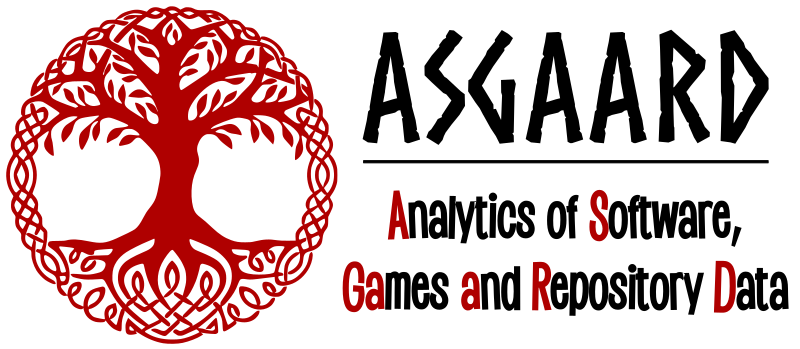Daniel’s paper “An Empirical Study of the Characteristics of Popular Minecraft Mods” was accepted for publication in the Empirical Software Engineering journal! Super congrats Daniel!
Abstract:
It is becoming increasingly difficult for game developers to manage the cost of developing a game, while meeting the high expectations of gamers. One way to balance the increasing gamer expectation and development stress is to build an active modding community around the game. There exist several examples of games with an extremely active and successful modding community, with the Minecraft game being one of the most notable ones. This paper reports on an empirical study of 1,114 popular and 1,114 unpopular Minecraft mods from the CurseForge mod distribution platform, one of the largest distribution platforms for Minecraft mods. We analyzed the relationship between 33 features across 5 dimensions of mod characteristics and the popularity of mods (i.e., mod category, mod documentation, environmental context of the mod, remuneration for the mod, and community contribution for the mod), to understand the characteristics of popular Minecraft mods. We firstly verify that the studied dimensions have significant explanatory power in distinguishing the popularity of the studied mods. Then we evaluated the contribution of each of the 33 features across the 5 dimensions. We observed that popular mods tend to have a high quality description and promote community contribution. In addition, simplifying the mod development is positively correlated with mod popularity.
See our Publications for the full paper.
